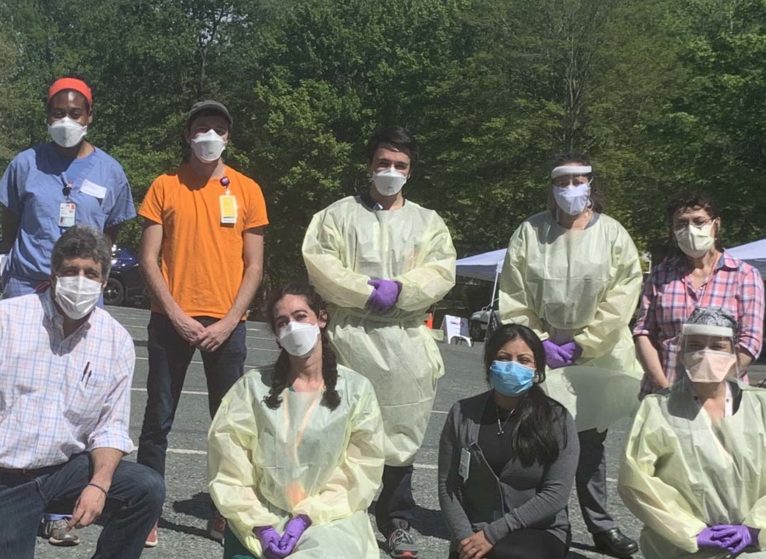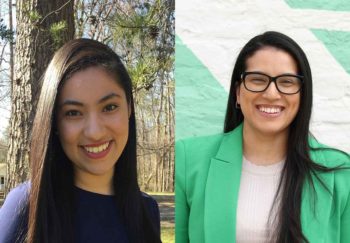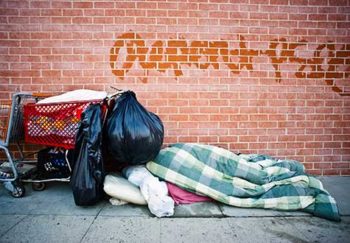While the pandemic affected everyone, its impact was disproportionately harsher on marginalized communities and minority groups. With less access to resources, these communities were especially vulnerable.
"We all have a part to play in meeting the needs of vulnerable communities that face health disparities," says Max Luna, MD, founder of the UVA Latino Health Initiative (LHI). "Without a healthy Latinx community, many of our services and joyful experiences would be hampered."
Here's 4 things to know about how COVID impacted the Latinx community in the Charlottesville area.
1. 92% of the Local Latinx Community Received 2 COVID Vaccines
Thanks to efforts by UVA Health and the Blue Ridge Health District, a large majority of the community got the first series of COVID vaccines, Luna reports.
The key to that success? Outreach that made the vaccine available "where the people live, in their language, with a cultural message," he explains.
Meeting the Latinx Community's Health Needs
The UVA Latino Health Initiative's programs work to expand access to care and provide health education.
These efforts built on the work the LHI was already doing to provide affordable access to care and improve health in the Latinx community.
2. Just Over Half of the Local Community Is Boosted
The number of Latinx community members receiving boosters is lagging behind. That's largely due to people getting mild cases of COVID after their primary vaccinations, Luna explains.
"Members of all ethnic groups started to lose some trust in the vaccine, despite our efforts to discuss how vaccination is tremendously successful at preventing hospitalization and death by COVID-19. We've revamped efforts to promote this," he says.
Through the LHI, UVA Health offers free COVID vaccines and testing at 2 weekly clinics. "We're seeing increased interest in the booster, which is exciting," Luna says.
The clinics offer the new bivalent COVID booster, which works against both the original COVID-19 virus and omicron BA.4 and BA.5, which are causing most cases of COVID in the U.S. right now. They offer the best protection against severe cases and death from COVID.
3. The Community Faced Bigger Healthcare Gaps
"Some subgroups of the community didn't have financial safety nets or adequate healthcare support during the pandemic," Luna says. "We're still in recovery mode."
Being frontline workers made social distancing much more difficult for many people. "That exposed us to the virus more than others," Luna explains. "Many were also affected by not having employment safety nets to say 'I'm going to hold off on working because I don't feel well' or 'I'm going to work from home.'"
The community also suffered due to a "lack of access to culturally competent medical care, which we're working heavily to improve at UVA Health," Luna says.
4. Groups Supporting the Community Made Inroads During the Pandemic
One bright spot in the pandemic? "The efforts everybody put in to give support during the pandemic enhanced relationships and built trust with the community," Luna says.
"The Latino Health Initiative and other programs have gained a lot of interest from the community," he adds. "We hope this will help to further mitigate disparities over time."


